Not all dog owners have time for constant brushing, trimming, or expensive grooming appointments. A high-maintenance breed may not be ideal if maintaining a spotless home while keeping up with daily responsibilities is already challenging.
Many people want a clean and tidy dog without frequent grooming sessions. Shedding, matting, and fur-covered furniture can be frustrating, especially for busy professionals or parents managing an active household. A low-maintenance breed allows more time for bonding and less time spent on upkeep.
The good news? Some breeds are naturally low-maintenance and require minimal grooming while still looking great. These dogs are perfect for those who want a loyal companion without the extra hassle. Below are some of the best occasional grooming breeds that fit effortlessly into a busy lifestyle.
Did you know?
Did you know some short-haired breeds groom themselves much like cats? Their natural oils help keep their coats clean, reducing the need for frequent baths.
Occasional Grooming Required Dog Breeds
1. Beagle
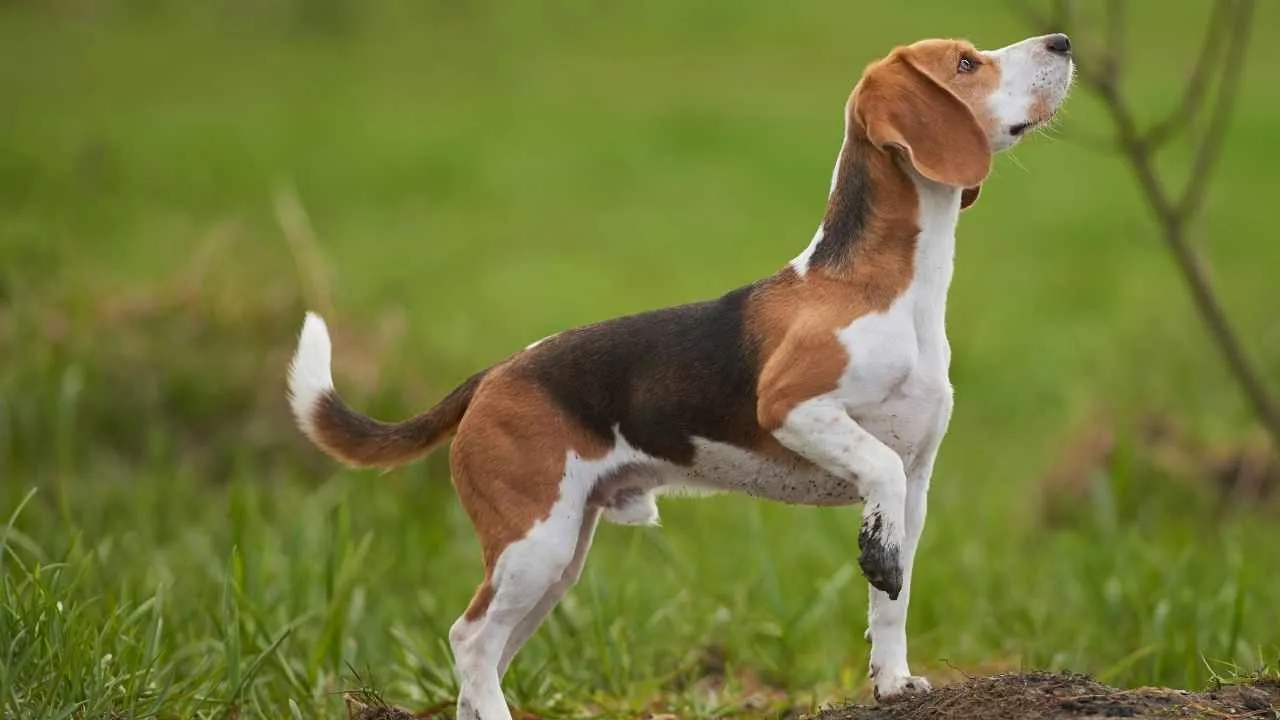
Beagles come with a sleek, short coat that barely demands upkeep. A quick brush now and then keeps them looking sharp. Since they naturally repel dirt, grooming sessions are rare, making them perfect for effortless maintenance.
Packed with energy, the Beagles are always on the move. Their adventurous spirit thrives on long walks, stimulating games, and discovering hidden treasures. Without enough activity, their curious nature might lead them into mischievous explorations.
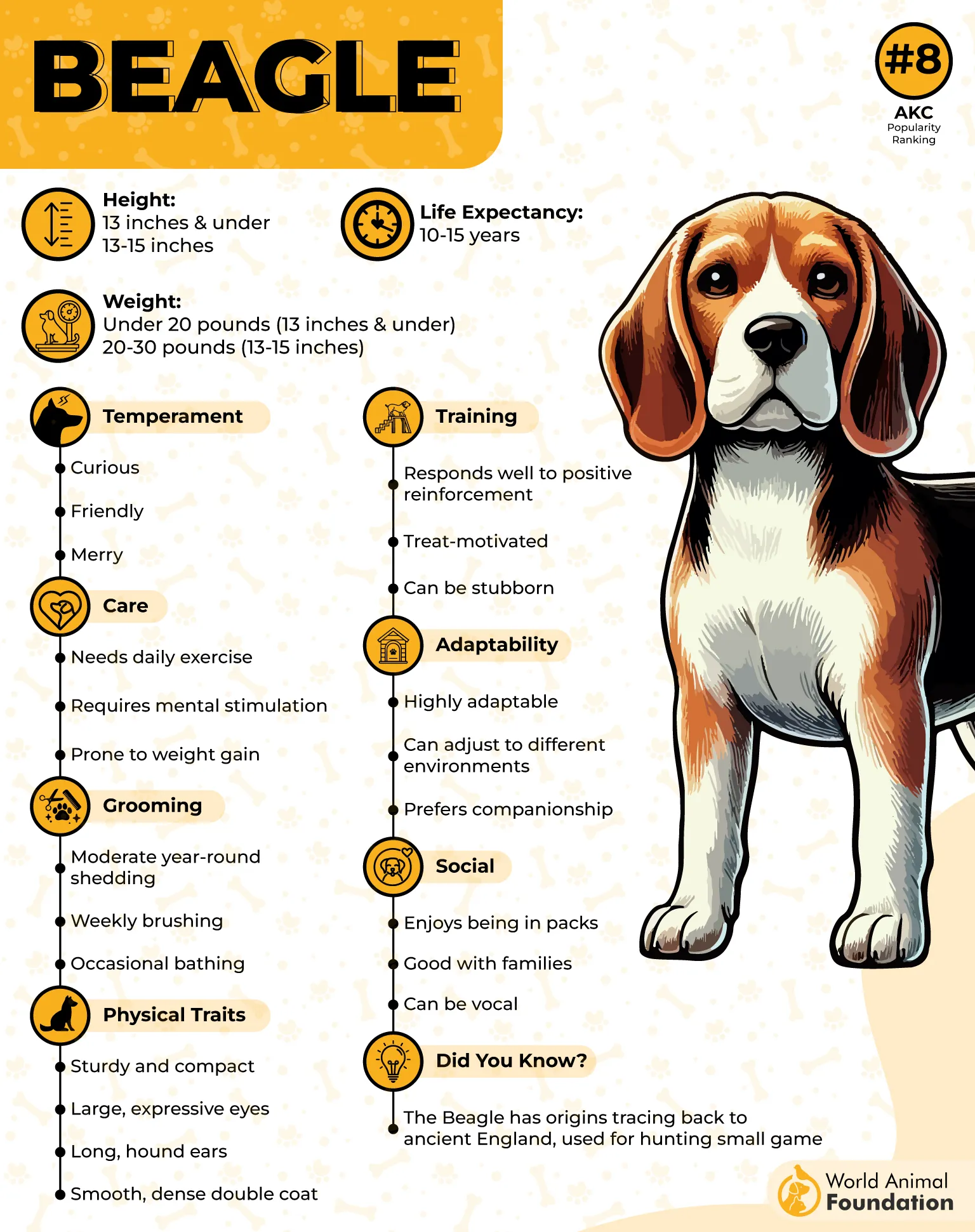
Their noses are their superpower. With an outstanding sense of smell, they can track scents for miles. This gift, while remarkable, means they can get lost in their world when something catches their attention.
Beagles express themselves loud and clear. From playful barks to signature howls, they have a lot to say. While this makes them effective watchdogs, early training is necessary to keep noise levels in check.
Food is their ultimate motivation. These dogs will sniff out the tiniest crumbs and attempt daring food heists. According to AKC, portion control and a well-structured diet are essential to keep their love for treats from gaining unwanted weight.
Fun Fact
Beagles were once used as “foot hounds,” small enough to follow hunters on foot rather than horseback.
2. Dachshund
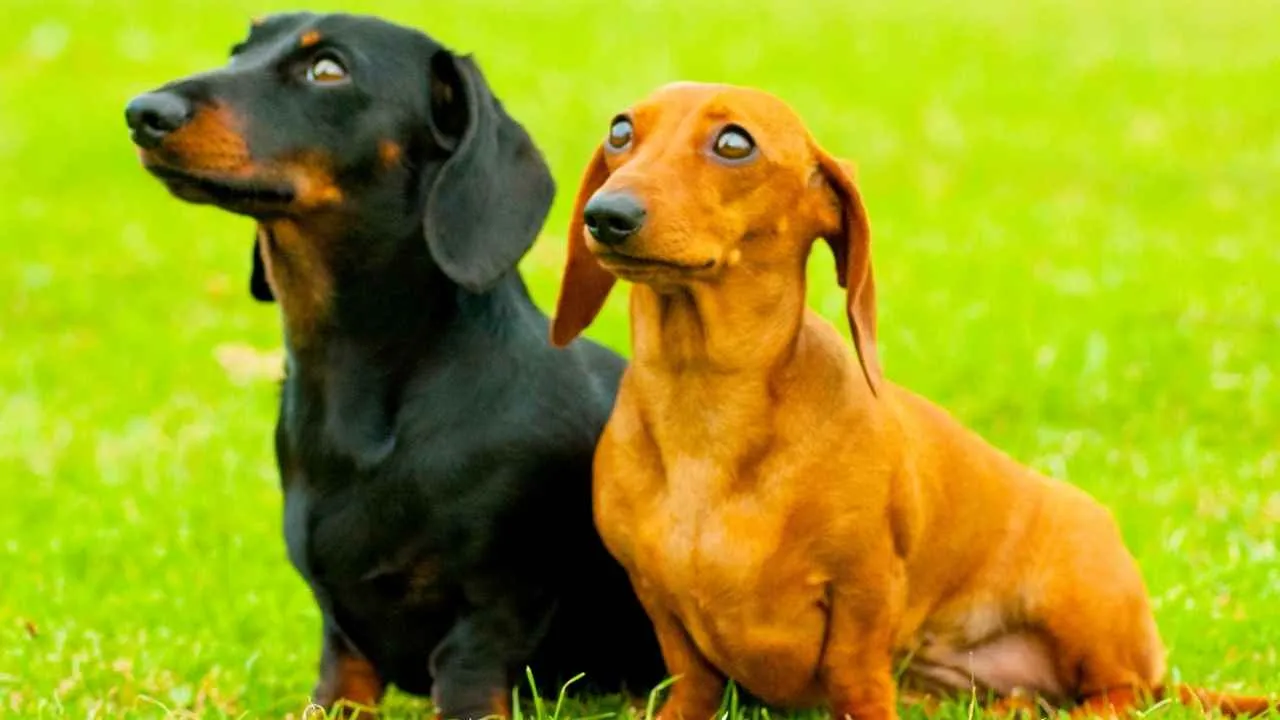
A Dachshund’s smooth, wirehaired, or longhaired coat needs just a little care to stay tidy. A quick brush removes loose hair, while the occasional bath keeps them fresh. Simple, straightforward grooming is all it takes to keep them looking their best.
Their distinctive long body and short legs give them a unique stride. Originally bred to chase burrowing animals, their build allows them to navigate tight spaces. This shape, though charming, means they need careful handling to protect their spine.
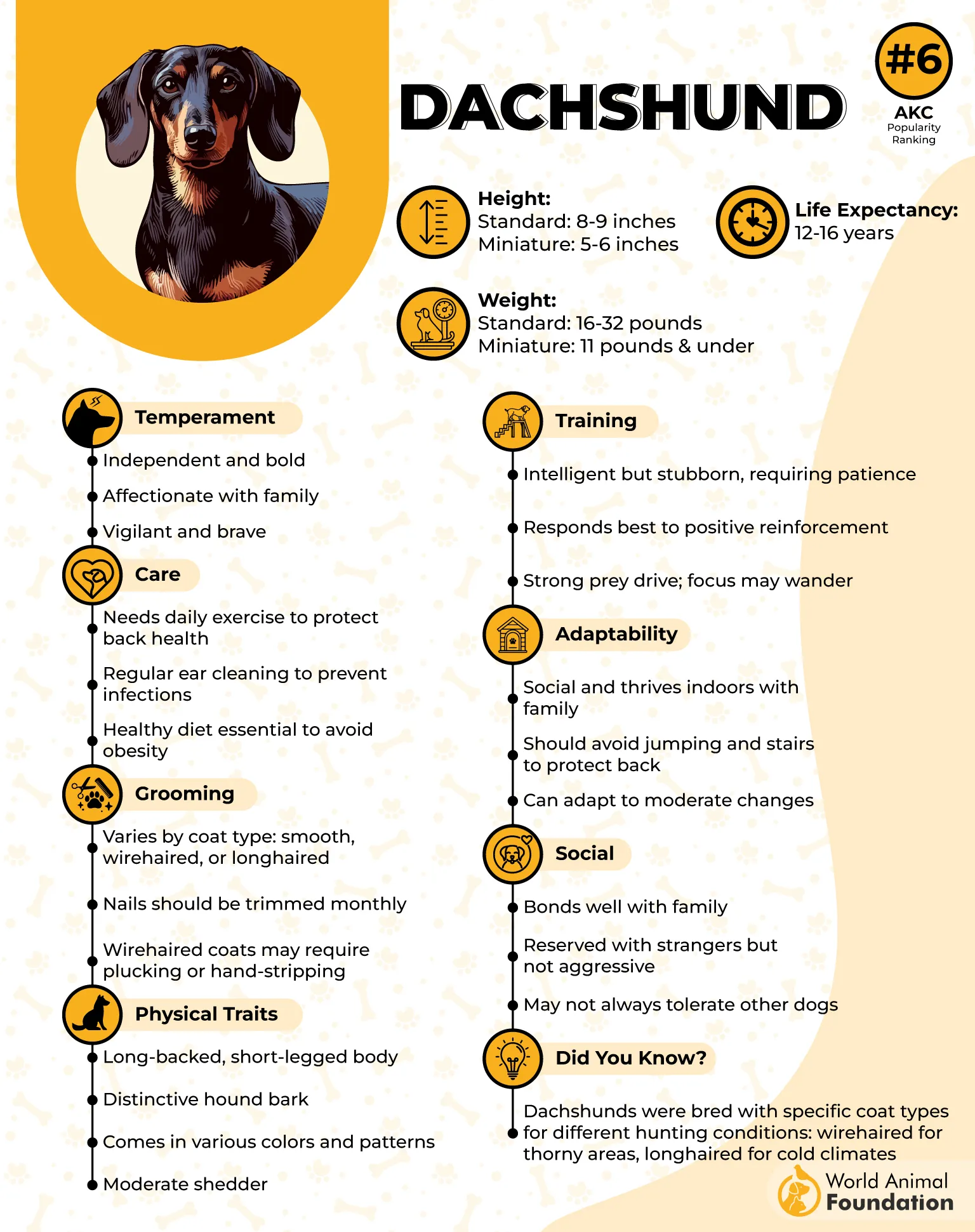
Dachshunds are independent thinkers. Training them requires patience and creativity. They love rewards but won’t follow commands blindly. Turning training into a fun challenge keeps them engaged and willing to participate without losing interest halfway through.
Their prey drive remains strong. A squirrel, a rustling bush, or even a rolling leaf can send them sprinting. Keeping them leashed in open areas prevents unexpected chases, and a secure yard ensures their safety during playtime.
These small dogs have big attitudes. Bold and confident, they make their presence known. Whether barking at unfamiliar sounds or asserting their dominance over much larger animals, they carry themselves with undeniable bravery and charisma.
Fun Fact
Dachshunds have a surprisingly powerful bite for their size, with a jaw strength similar to much bigger breeds.
3. Chihuahua
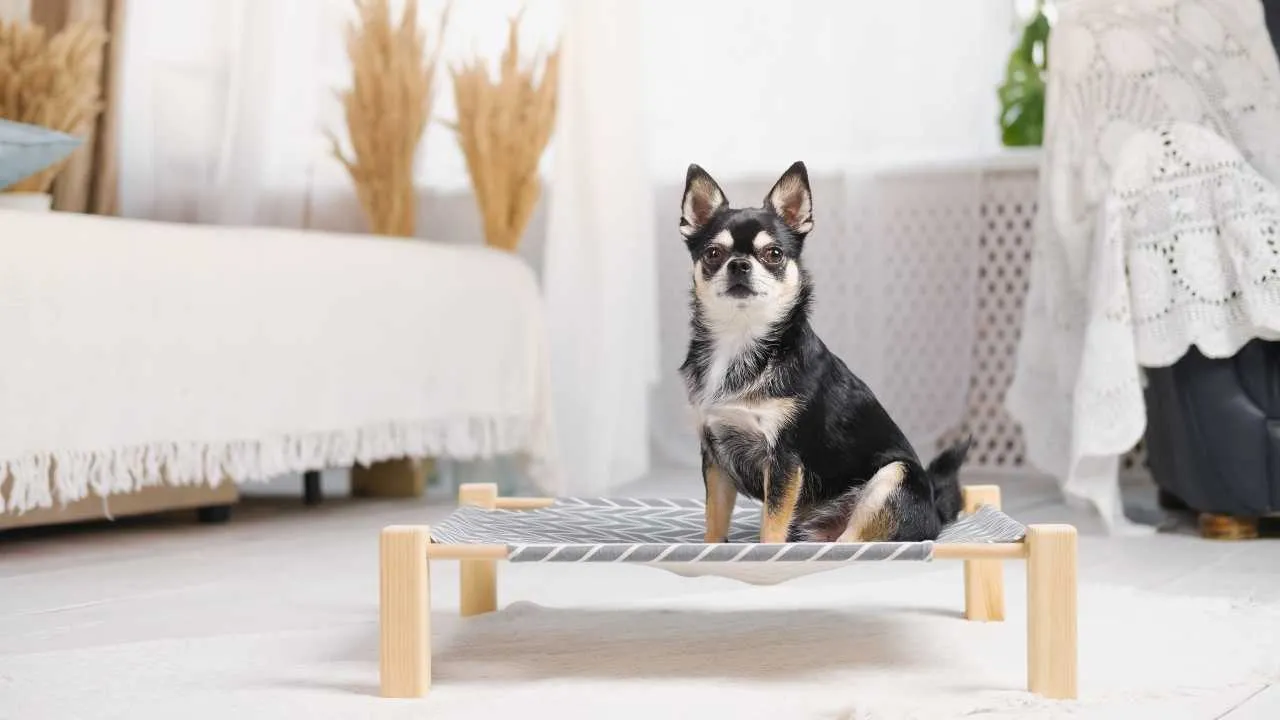
Chihuahuas barely shed and only need an occasional brush to keep their coat soft and healthy. Bathing too often strips their skin of natural oils, so keeping it minimal ensures their fur stays smooth without causing dryness.
They may be tiny, but their personalities are anything but small. Fearless, feisty, and full of attitude, they demand attention and love to be in charge. Their bold nature makes them stand out in any setting, despite their petite stature.
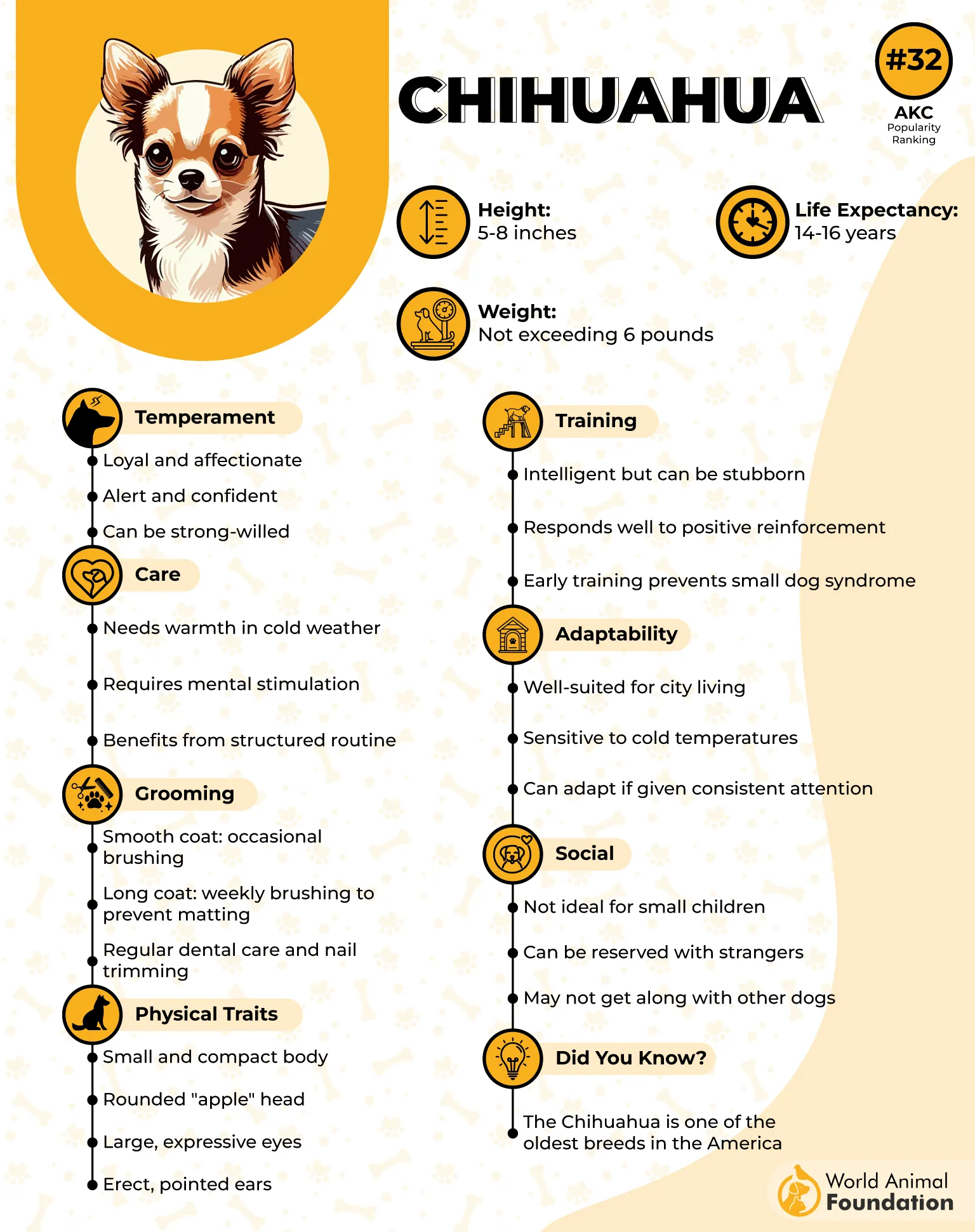
Cold weather is their nemesis. With minimal body fat and a tiny frame, they shiver easily. Sweaters, warm blankets, and cozy spots become their favorite refuges when temperatures drop, turning them into expert snugglers by default.
According to PetMD, training them takes consistency. Highly intelligent yet stubborn, they can be quick learners when properly motivated. Keeping sessions short and rewarding ensures they stay engaged without growing bored. Socialization from an early age builds confidence and prevents nervous behaviors.
Their loyalty knows no bounds. Chihuahuas form unbreakable bonds with their humans, often picking a favorite person to shadow. Their alert nature makes them effective watchdogs, always quick to react to unfamiliar sights or sounds.
Fun Fact
Chihuahuas have been around for centuries, with origins tracing back to the ancient Toltec civilization in Mexico.
4. Boxer
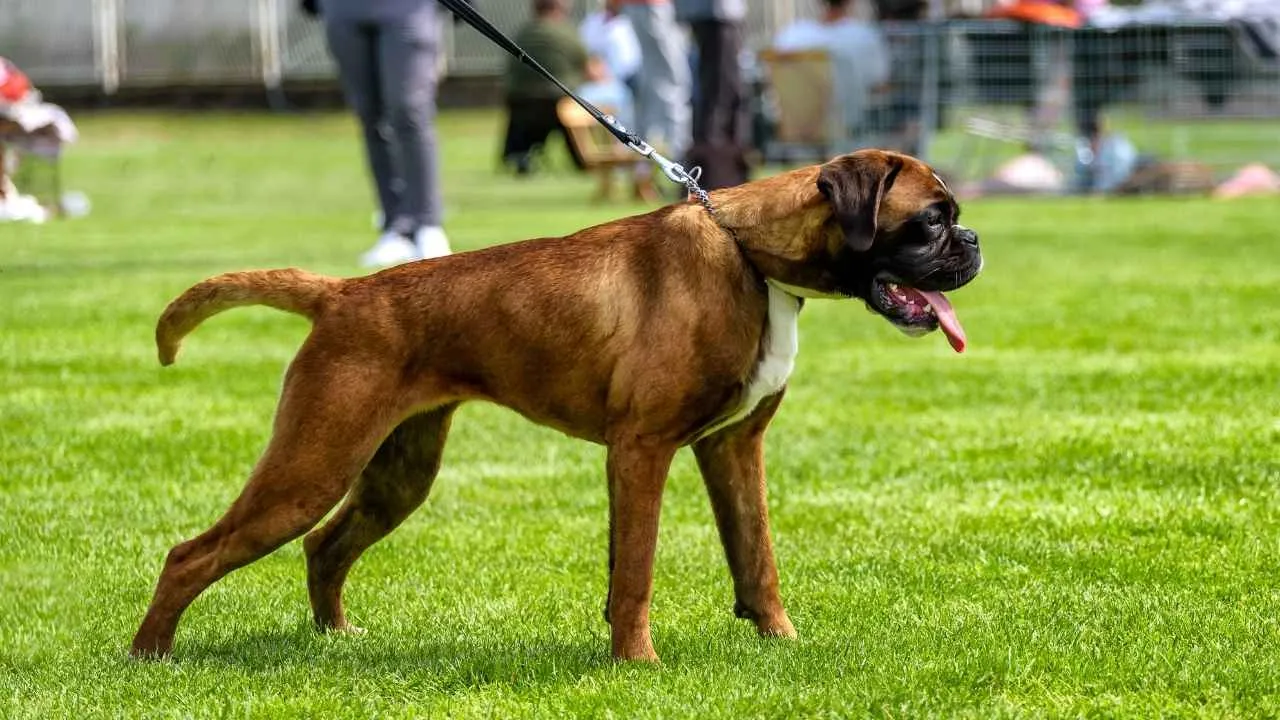
A Boxer’s short coat keeps grooming simple, but that’s just a small part of its charm. Packed with energy and always on the move, this muscular breed thrives on activity, staying alert and ready for action whenever the moment calls.
Their athleticism isn’t just for show. Boxers excel in activities requiring agility and endurance. Whether it’s running, jumping, or tracking, they perform with unmatched enthusiasm. Regular exercise is key to keeping them both mentally and physically sharp.
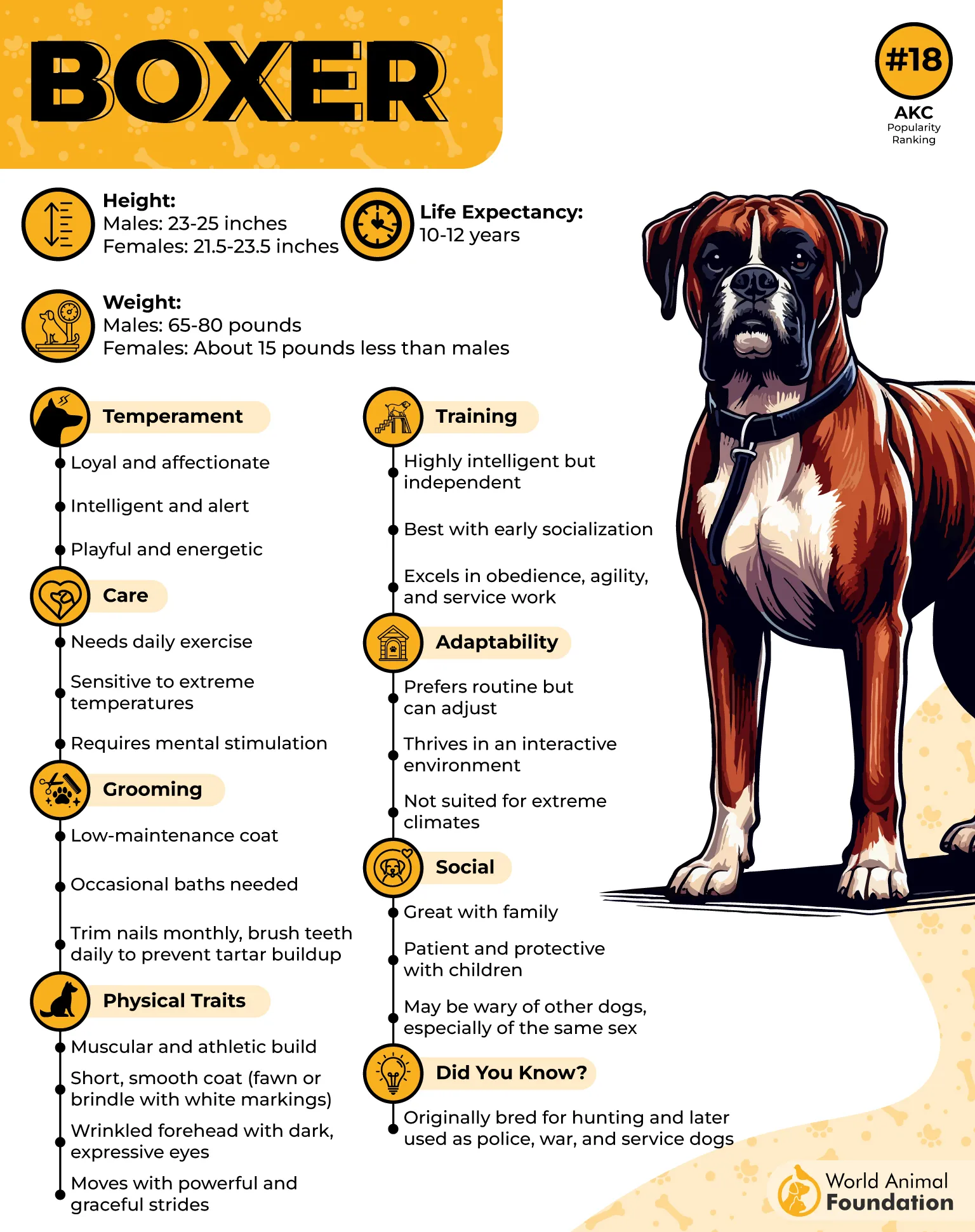
A natural guardian, the Boxer watches over its surroundings with keen awareness. Their instincts are fine-tuned for security, making them quick to react when needed. They’re intelligent and responsive, ensuring they understand commands while maintaining their protective nature.
Early socialization plays a big role in shaping their personality. Exposure to various situations builds confidence, preventing unnecessary wariness. A well-socialized Boxer is both a reliable protector and an adaptable companion, capable of easily handling different environments.
Grooming remains low-maintenance, but occasional brushing keeps their coat healthy. Facial wrinkles may need cleaning to prevent irritation. Their ears should be checked regularly, and nails trimmed to maintain comfort. Small efforts go a long way in keeping them happy.
Fun Fact
Boxers are known for their playful antics, often using their front paws to “box” during play. Combined with their boundless energy, this behavior makes them one of the most entertaining breeds to watch in action.
5. Greyhound
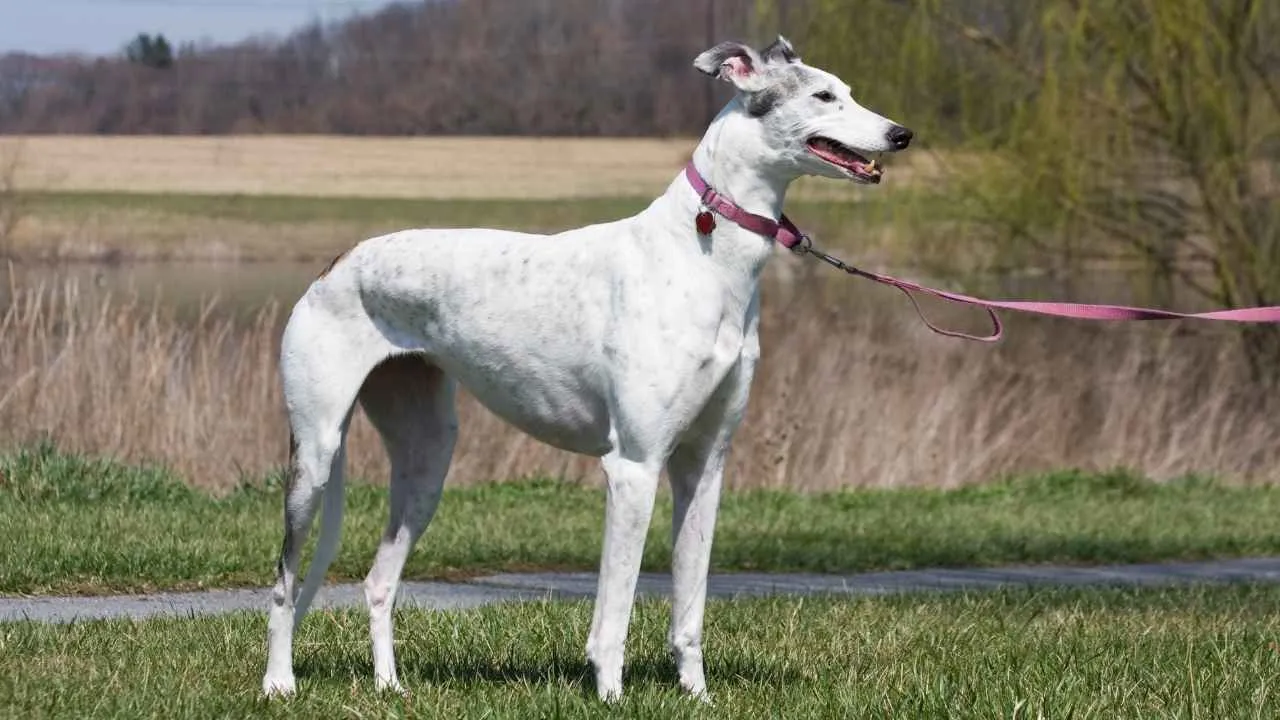
Greyhounds need minimal grooming, but their aerodynamic build truly sets them apart. Designed for speed, these sleek runners can reach incredible velocities. Their lightweight frame and powerful legs make them the fastest dog breed on the planet.
Surprisingly, Greyhounds are incredibly laid-back when they’re not sprinting. Despite their racing background, they adore lounging and relaxing for long periods. Their ability to switch between high-energy bursts and absolute calmness makes them unique.
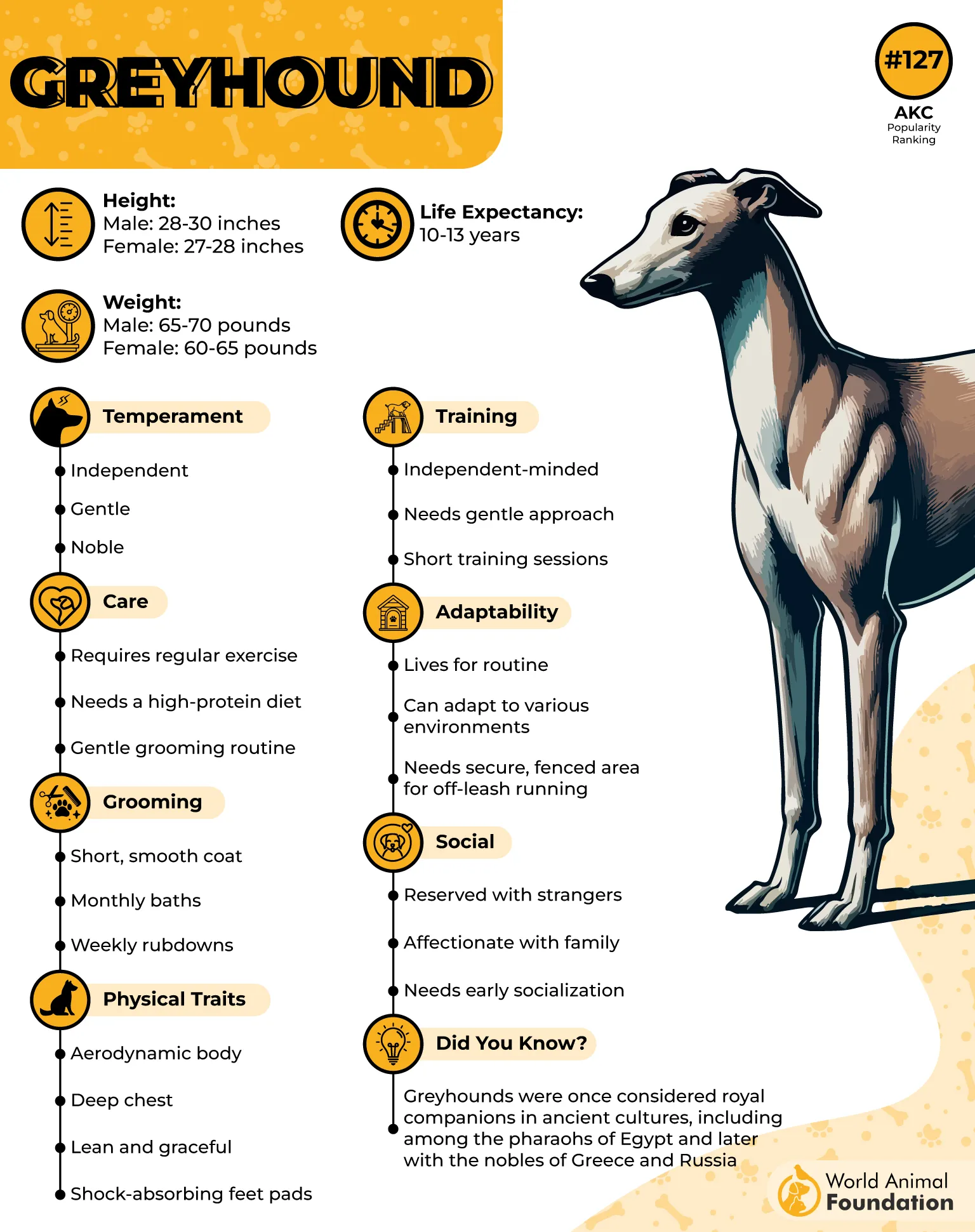
Exercise needs are moderate, though sprinting is where they shine. Short bursts of high-speed running help maintain their muscle tone. A Greyhound enjoys a good stretch of open space, but they’re equally content with leisurely walks in between.
Their thin coat offers little protection from extreme weather. Cold temperatures require extra warmth, and hot weather means they need shade. Owners often provide coats during the winter months to keep them comfortable and prevent discomfort from chilly air.
Grooming is effortless, requiring occasional brushing to remove loose hair. Their ears should be checked regularly, and their nails trimmed to avoid foot strain. Dental care is crucial, as their teeth require more maintenance than most breeds.
Fun Fact
Greyhounds have a surprisingly deep sleep cycle. When resting, they can appear completely unaware of their surroundings, leading to the term “sleep startle” when they’re woken up unexpectedly. They truly value their relaxation time.
6. Bullmastiff
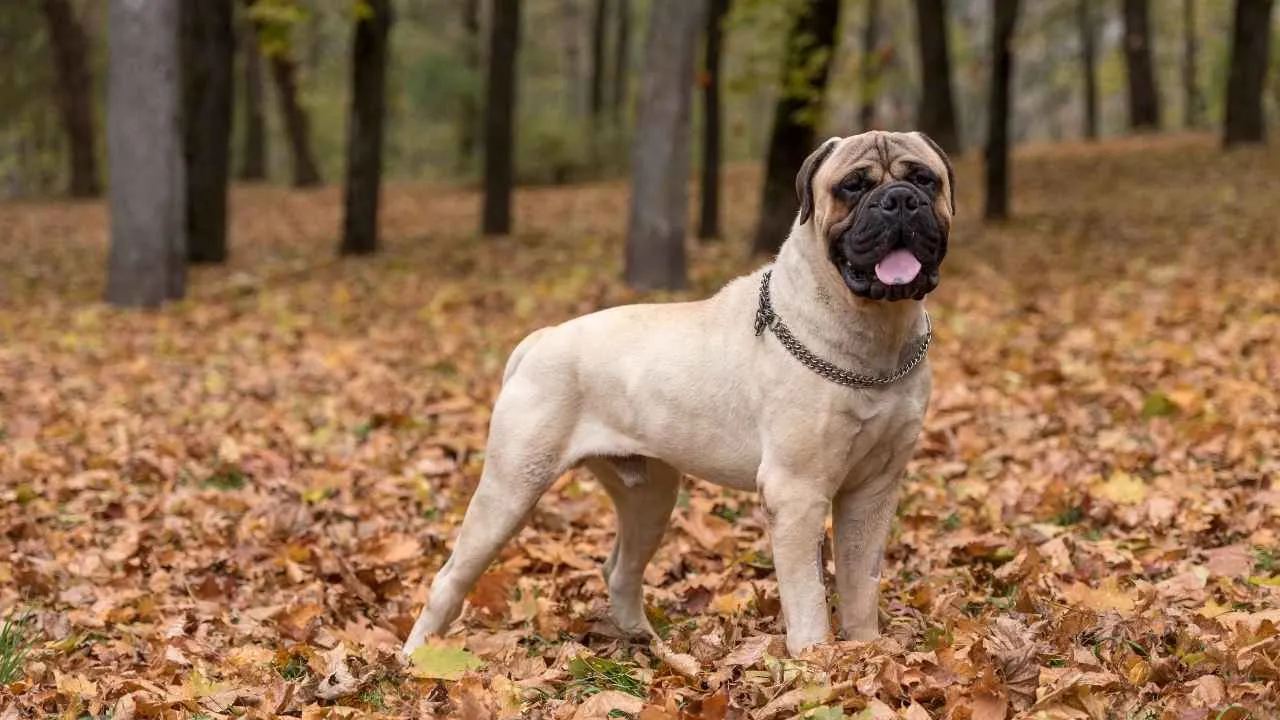
A Bullmastiff’s short coat needs little grooming, but their powerful presence is impossible to ignore. Originally bred as a silent guardian, this breed relies on sheer strength and unwavering confidence to protect its home. Their intimidating stance alone is a major deterrent.
Despite their serious expression, Bullmastiffs have a calm and steady temperament. They don’t act impulsively but prefer assessing a situation before responding. Their protective nature is built on intelligence, making them reliable rather than overly reactive in unfamiliar circumstances.

According to WebMD, training requires patience and consistency. They learn best through structured guidance rather than repetition. Establishing leadership early on creates mutual respect, ensuring their protective instincts remain controlled while allowing them to act when necessary.
Joint health is a key consideration due to their large frame. A well-balanced diet and controlled exercise help maintain their mobility. Running isn’t their forte, but steady walks and careful weight management keep them in prime condition.
Though low-maintenance in grooming, Bullmastiffs benefit from facial cleaning to prevent irritation. Occasional brushing helps keep their coat in good condition, and checking their ears and paws ensures they remain comfortable in daily activities.
Fun Fact
Bullmastiffs were bred to track poachers in silence. Their job was to approach intruders stealthily, pin them down, and hold them until authorities arrived. This silent yet powerful technique made them the ultimate guard dogs.
7. Mastiff
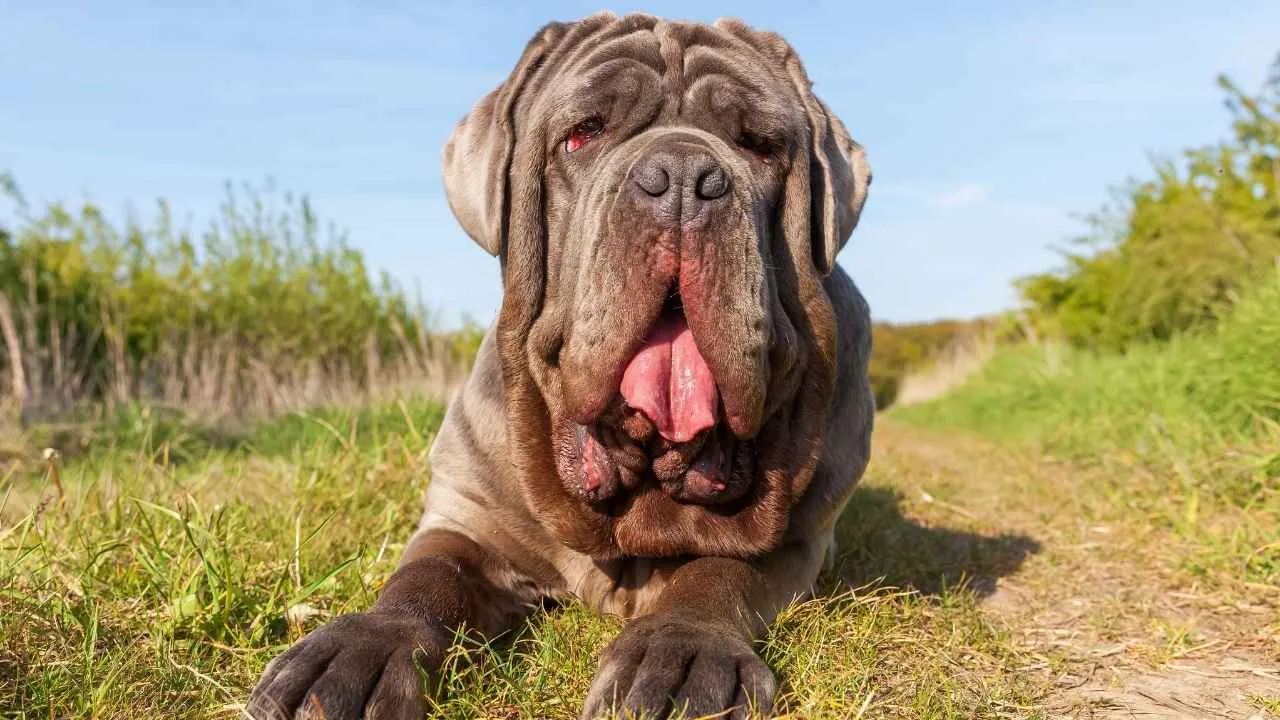
Mastiffs require little grooming, but their sheer size makes them one of the most commanding breeds. Towering in stature with a solid build, they have a history dating back to ancient civilizations where they guarded lands, protected homes, and even fought in wars.
Their temperament is a mix of calm observation and unwavering loyalty. Mastiffs prefer to assess their surroundings before acting. They rarely bark unnecessarily, but when they do, their deep voice carries authority.
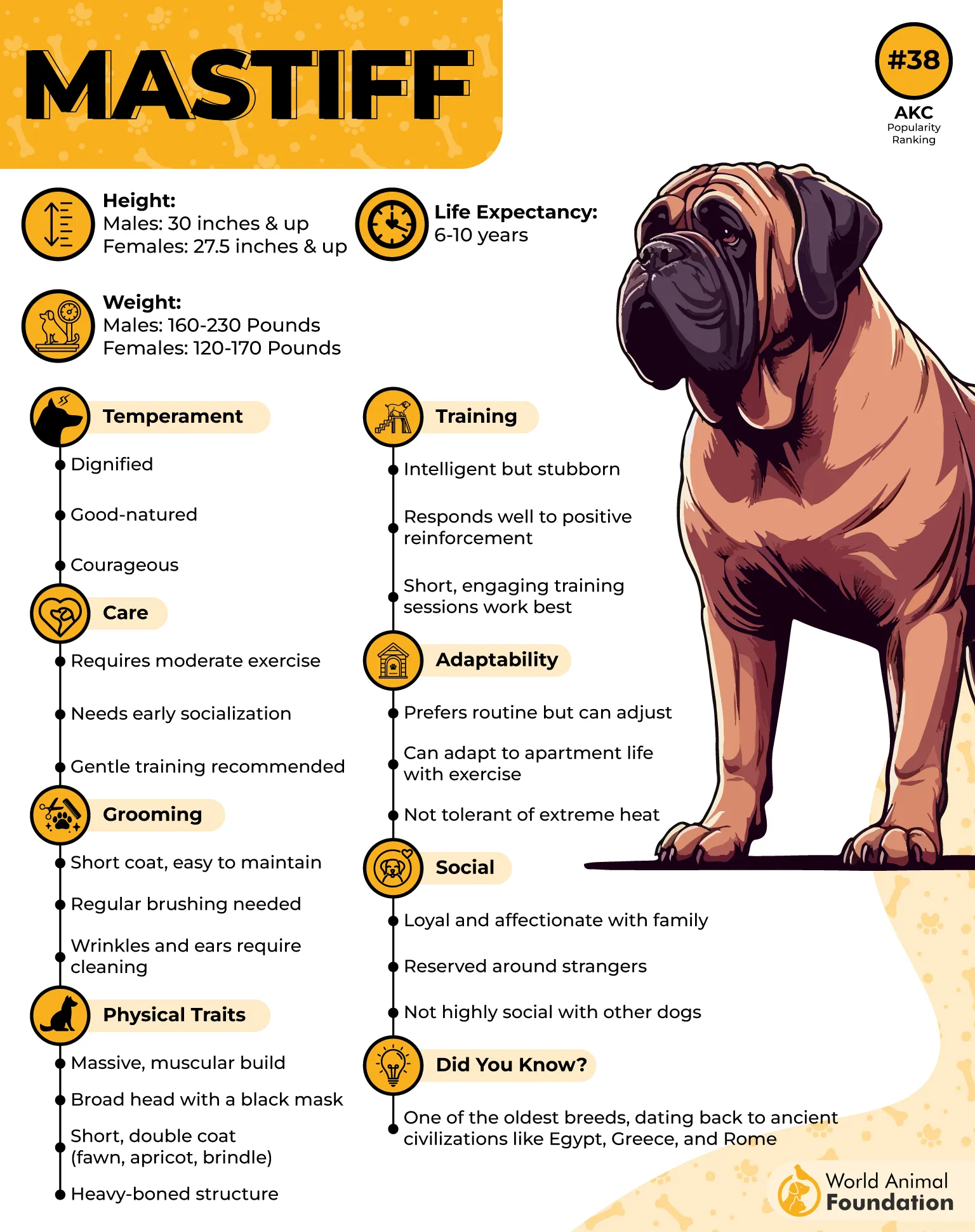
Exercise is essential, but should be balanced. Due to their weight, too much running can strain their joints. Instead, controlled walks and steady movement help maintain muscle tone without putting undue stress on their large frame.
Feeding a Mastiff requires careful planning. Their dietary needs change with age, and portion control is essential to avoid unnecessary weight gain. Proper nutrition supports their joints and overall well-being, keeping them active for longer periods.
Grooming is minimal but requires attention to their facial wrinkles. These folds need regular cleaning to prevent moisture buildup. Nail trimming and ear cleaning are also part of their care routine to ensure long-term comfort.
Fun Fact
Mastiffs hold the record for being one of the largest dog breeds in the world. Some individuals have weighed over 300 pounds, making them true giants in the canine kingdom.
Conclusion
Owning a dog should bring joy, not endless grooming struggles. Some low-maintenance dog breeds naturally stay clean with minimal grooming needs, making them ideal for those with packed schedules. Less grooming means more time for play, training, and companionship without worrying about constant upkeep.
Some breeds, like the Shih Tzu, require extensive grooming, making them less suitable for those seeking a low-maintenance option. The dogs mentioned above offer a more practical choice for owners with busy lifestyles.
A dog’s coat maintenance can impact daily life, from shedding on furniture to unexpected grooming expenses. Certain breeds require only weekly brushing to stay tidy, while others with a curly coat may need occasional professional grooming. Choosing a breed with minimal grooming needs keeps things simple, reducing both effort and cost.
Finding a breed that fits your lifestyle makes dog ownership more enjoyable. These occasional grooming breeds offer the perfect balance of low maintenance and a well-kept appearance, making them a practical and rewarding choice.


